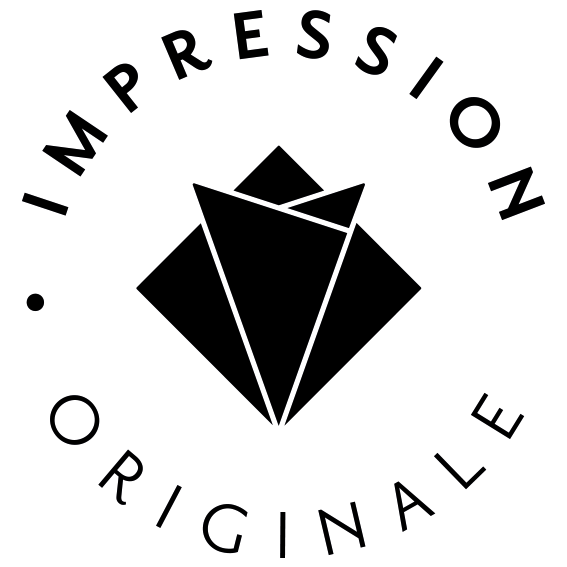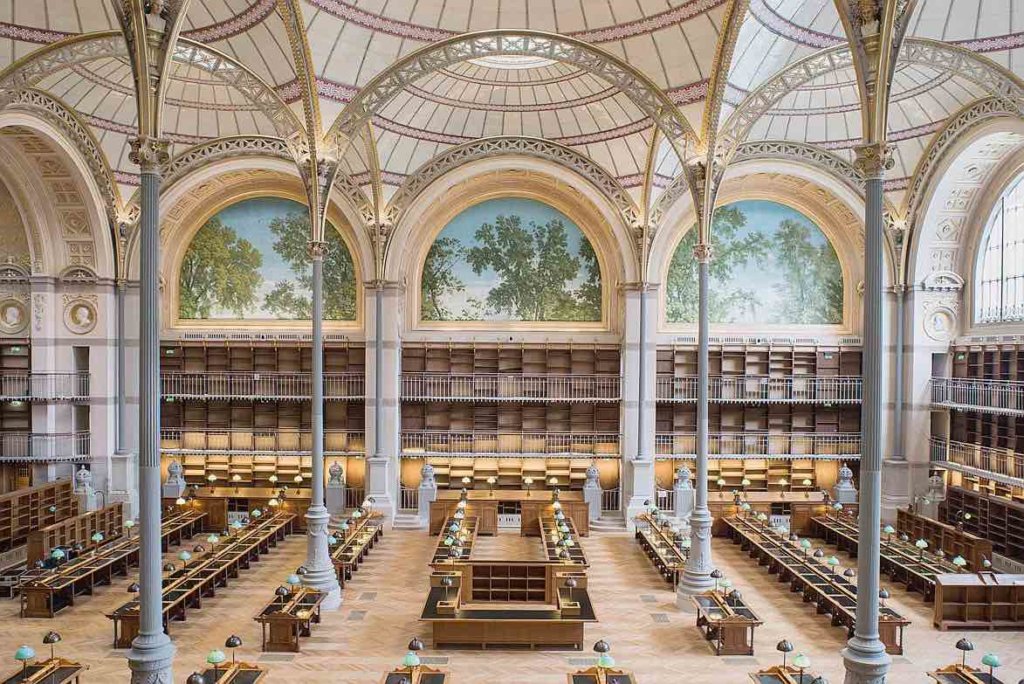
Historical Reissue – Gift Wrap of the BNF
Interview with a curator from the BNF
An unfamiliar job
Tell us a little about yourself, your training and your daily activities. How do you specialize in a period of study?
“I gratuded with an art historian degree. I studied at the Ecole du Louvre and defended a thesis on François Chifflart, a 19th Century painter-engraver, then I passed the library curator competition, which allowed me to join the National Library of France (BNF) in 1994. Quickly, I had the chance to manage the collections of prints from the 19th century within the Department of Prints and Photography. An immense fund of 2 million items including both the current production – to which the “fancy papers” belong – and the masterpieces of the masters of printmaking, such as Delacroix, Manet, Degas or Toulouse-Lautrec.”
».
The gems of the BNF
With fifteen million images, the collections of the Department of Prints and Photography of the National Library of France offer a varied panorama of the art of the multiple, representative of all schools and all techniques. Alongside the great names in the history of printmaking, countless sheets testify to the varied uses of the printed image, including their application to different branches of arts and crafts. These sheets with a limited lifespan, grouped under the term ephemera, were not intended to be kept. Thanks to the application of the law on legal deposit, obliging all printers to deposit two copies of their production, the National Library has become its repository. The section devoted to the arts of paper, which rubs shoulders with those of wood, metal, ceramics and fabrics, forms an important part of the series devoted to arts and crafts.
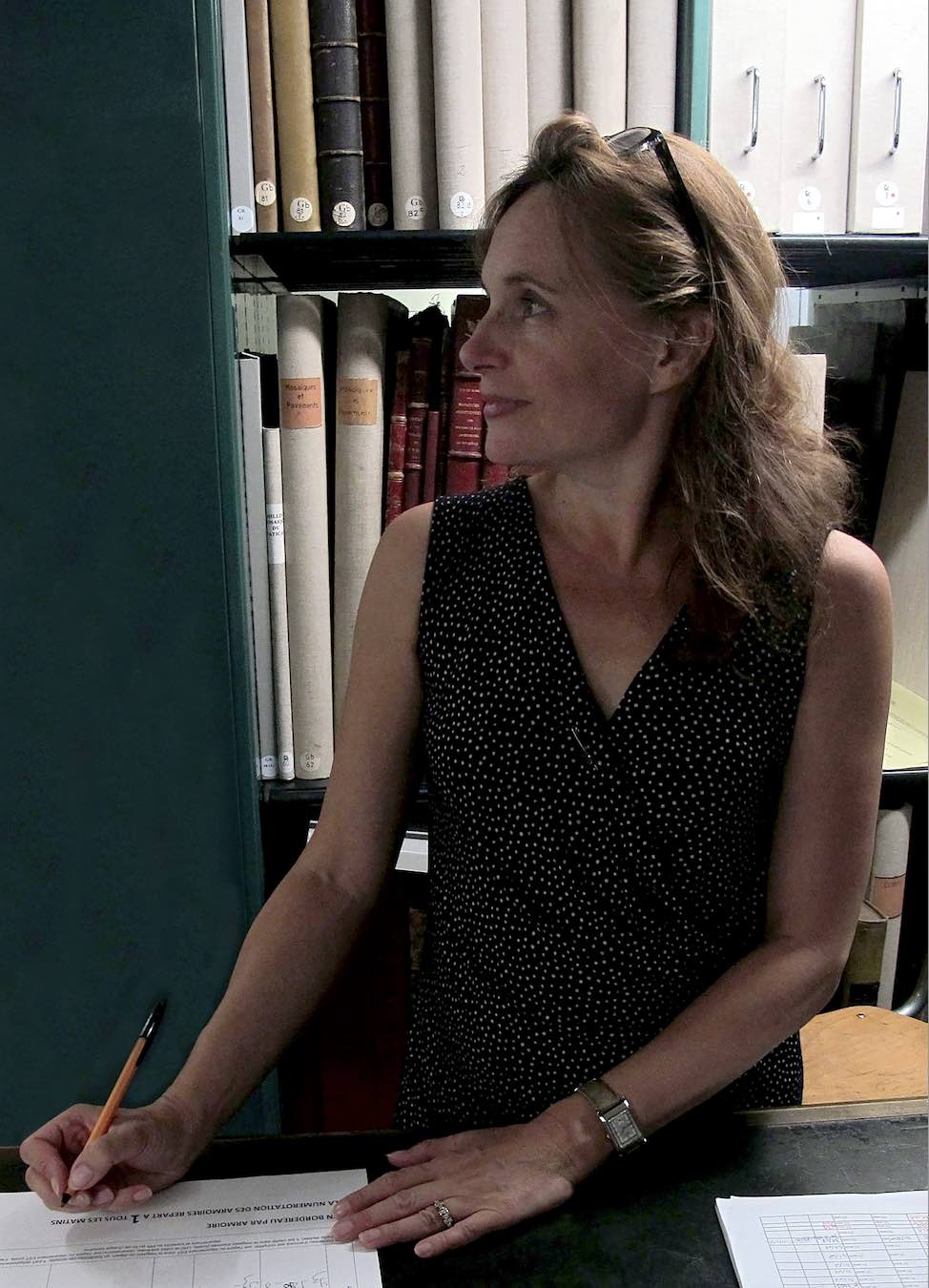
Everyday Mission
What’s your job about?
“My main missions are to ensure the proper conservation of this printed heritage, to enrich it if necessary by acquiring items missing from the collections, to inventory and digitize it in order to make it accessible to as many people as possible. Parallely, I study and promote my work through exhibitions, publications and teaching given within the department or at the Ecole du Louvre.”
Author: Mrs. Valérie Sueur-Hermel, curator in the Prints and Photography Department of the National Library of France. She specializes in the 19th century collections.
Craving about Engraving
What brings the most meaning to your job?
“Daily contact with prints and the possibility of discovering unknown artists or still unknown works are one of the attractions of my profession. But this research only takes on its full meaning thanks to sharing with the public of the BNF, the students, trainees or visitors to the exhibitions of which I am the curator. Printmaking is a little-known medium that it is important to me to make known by increasing its visibility and faciliting its accessibility. The publication of a selection of what used to be called “fantasy papers” by Impression Originale is one of them.”
The “Fancy Papers” of the 19th century
Twentieth-century librarians categorized sheets printed with decorative designs as “gift wrapping paper” that resemble those used to wrap presents. Three boxes chronologically classified, from 1810 to 1895, testify to the abundance of the production in the 19th century of these “fancy papers“, according to the common designation of the time. This development coincides with that of lithography, a flat printing technique, based on the principle of natural repulsion of water against a fatty substance, invented by Senefelder in Bavaria in 1798, and distributed in France around 1815. This new process quickly found outlets in the applied and industrial arts. The manufacture of these papers, printed on the block, first in black and white then in color thanks to the development of chromolithography in 1837 used to be done manually before being mechanized in the 1880s.
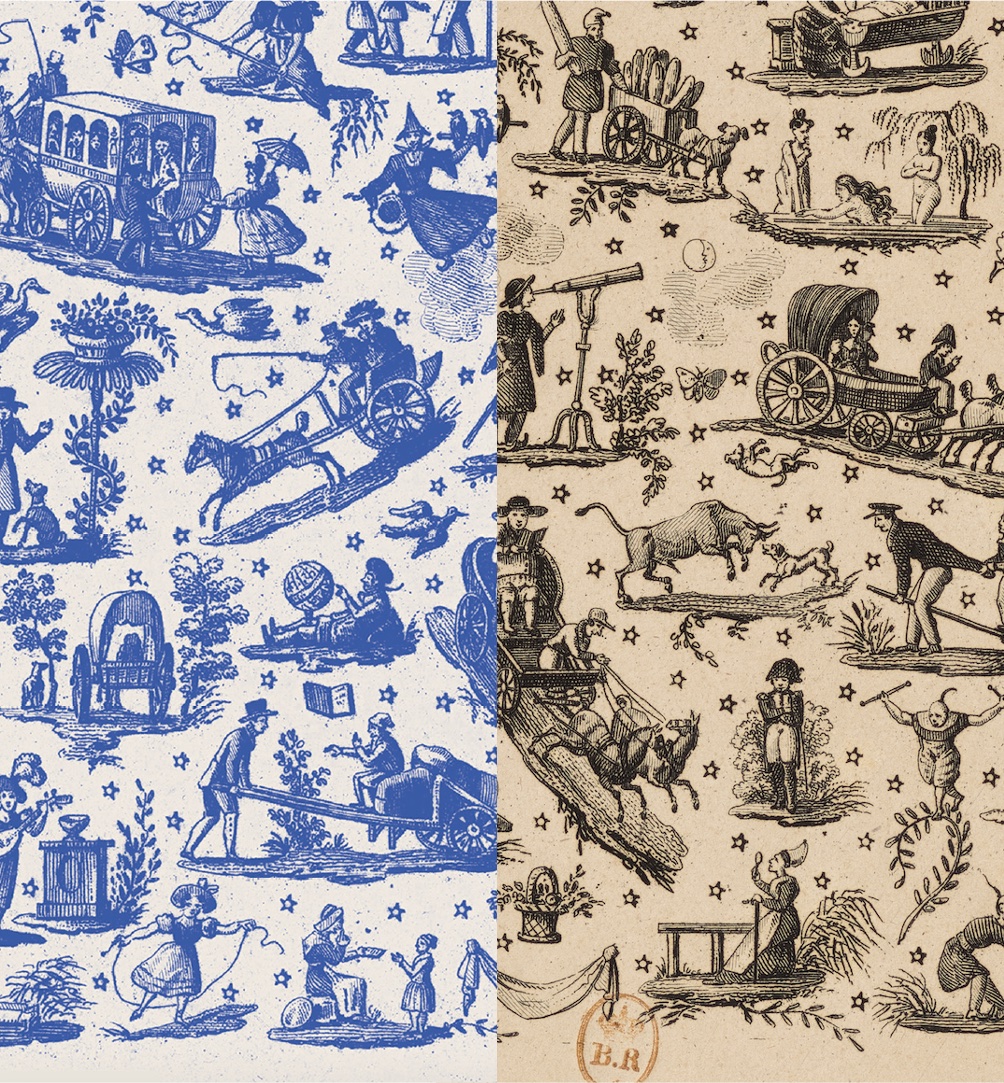
Coloring work by Impression Originale for its 2021 collection under the name “Napoleon’s Rule“, from the original lithograph in black and white by J-F-L. Breffort dating from 1828.
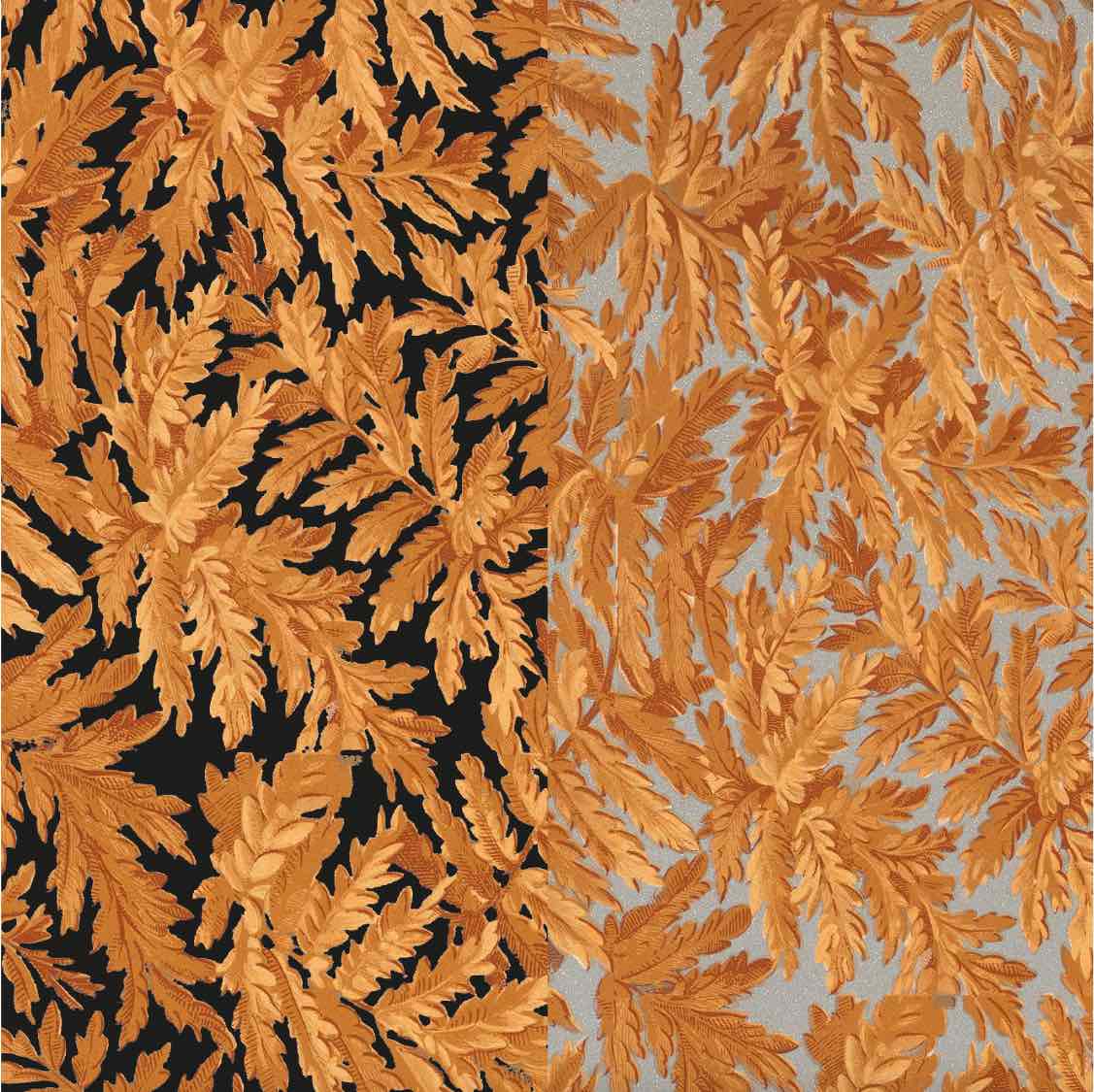
Coloring work by Impression Originale for its 2021 collection under the name “The Oracle of Dodone“, from the original lithograph by J-F-L. Breffort dated in the 1830s.
The birth of colour printing in France
The historiated lithographic plate, printed in black, that Breffort deposited in 1828 under the title of “pot-pourri of various subjects, animals, flowers, etc., for Indian printing“, that Impression Originale renamed “Napoleon’s Rule” in their reissue, comes from the beginnings of the genre. Small daily and facetious scenes are juxtaposed according to the process of the macedonias in vogue in the lithographic edition of the romantic period. Jean-François-Louis Breffort is a manufacturer of fancy wallpapers; he also prints on fabrics (Indian or Filipino) and is about to embark on decorations for cartoonists and fan makers, when the tragic events of April 14, 1834 brutally interrupt his career.
He lived and exercised his profession at 12 rue Transnonain in Paris, in a house that has become sadly famous because of the massacre of its inhabitants by the troops of Louis-Philippe, during the Parisian republican demonstrations. A famous lithograph by Daumier depicts the event and its brutality. A book Memoir on the events of the rue Transnonain in the days of April 13 and 14, 1834 of Ledru-Rollin (available in French only) records the account of the witnesses. The printer died of his injuries the day after the tragedy, at the age of 58. His professional file, kept at the National Archives, contains a specimen print in silver ink on pink paper which testifies to an early and experimental use of color. This print has been reissued on a gift wrap and a gift bag by Impression Originale in late 2021 with a comparable look on a silver background under the name “The Oracle of Dodone“.
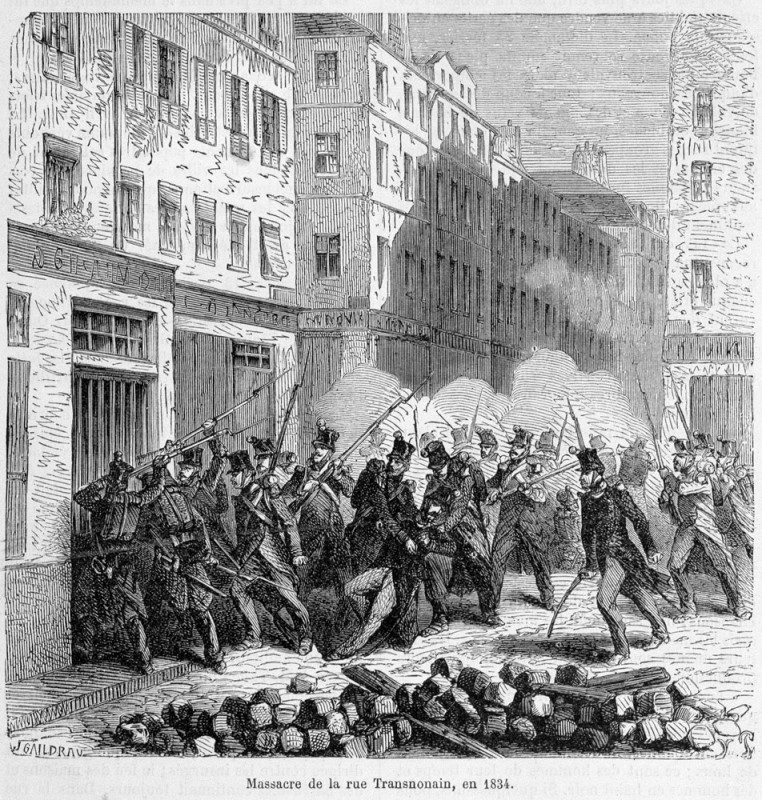
France and Germany : pionniers in the “Fancy Papers”
The “fantasies” that J. David produced from his presses in the rue de Barque in the Marais in the 1840s are now colorful. In 1852, when the Encyclopédie-Roret published the New Complete Manual for “Fancy Paper” Manufacturers written by Mr. Fichtenberg, a manufacturer who had worked in both France and Germany, the two homelands of fancy paper, color was dominating a flourishing market. The first chapter is dedicated to the “making of colors”: “carmine lake, red, yellow, violet lake, imitation of blue and black, Berlin blue and Prussian blue, fine chrome yellow” but also “vermilion, orange mine , overseas, white lead, silver white, Schweinfurt green, fine blue”, to which are added gold in leaf form and powdered bronze. This practical manual delivers the secrets of making marbled, pebbled, leather-finished, embossed, moire, marbled, satin-finished or decorated with drawn patterns papers.
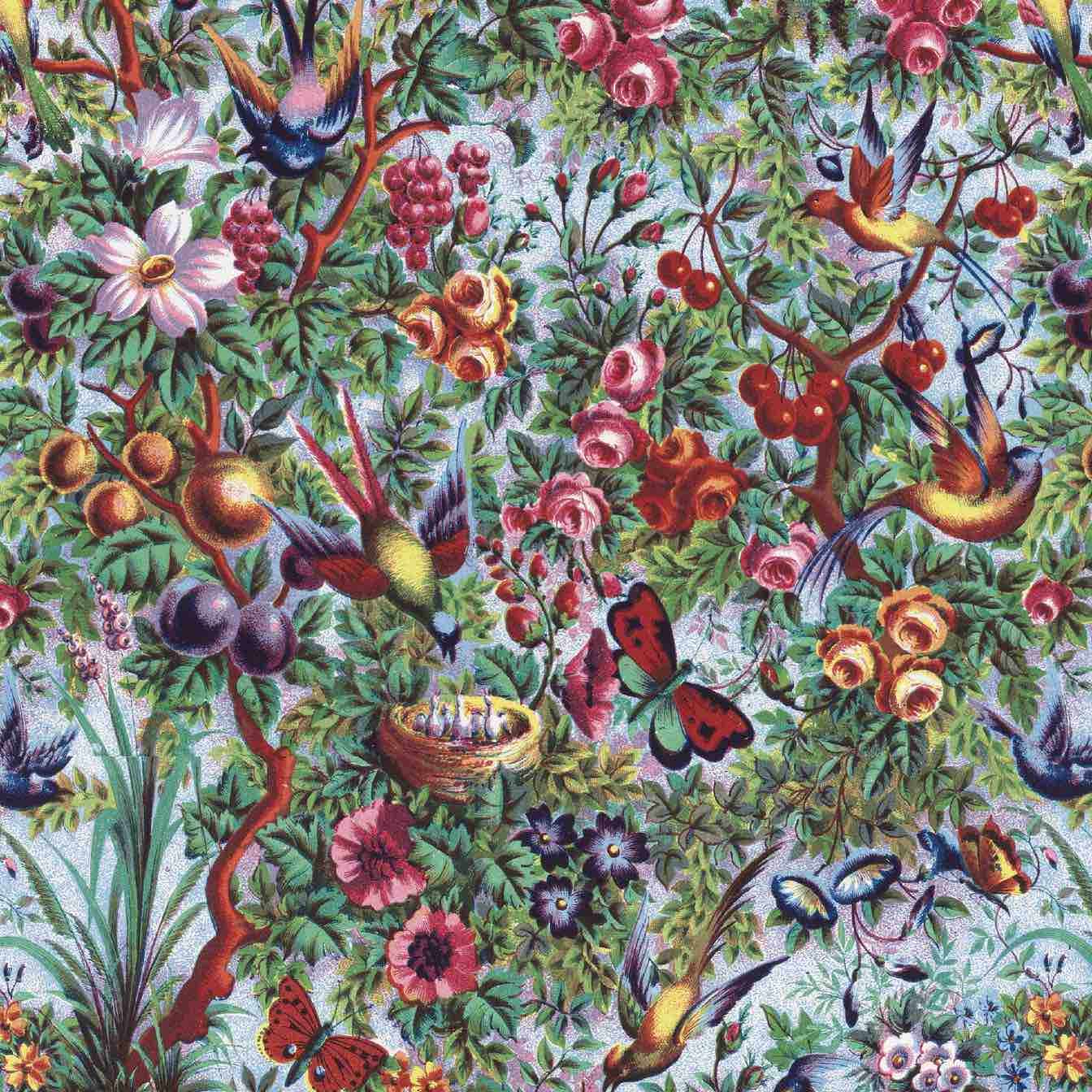
Detail on the original lithograph by J. David from 1840s, reproduced by Impression Originale in its gift wrap collection in 2021 under the name “Birds of Paradise“.
Design Censorship
Among the manufacturers active under the Second Empire and the Third Republic, the Baulant house, also established in the Marais, rue Portefoin, imposed itself with Scottish papers, cashmeres, laces, rosettes and plant motifs, all chromolithographed. These innocuous-looking decorations did not escape the vigilance of the censorship offices, which checked each deposit, and opposed, in June 1866, the publication of a plate representing fleur-de-lis!
How did the original gift wrap look?
All these papers with shimmering colors and delicate patterns were not intended to wrap the presents that were offered to Christmas and New Year’s Eve. The presents were wrapped in cloth or white paper, as George Sand recalls: “What emotion the white paper envelope caused me, for Father Christmas was extremely clean, and never failed to carefully wrap his offering”. (Story of my life, 1855). “Fancy papers” were used for bookbinding, paperboarding and upholstering boxes. Those of perfumers and glove-makers were covered with it. The coated papers of vegetable colors were reserved for the packaging of food products: the confectioners presented their sweets there.
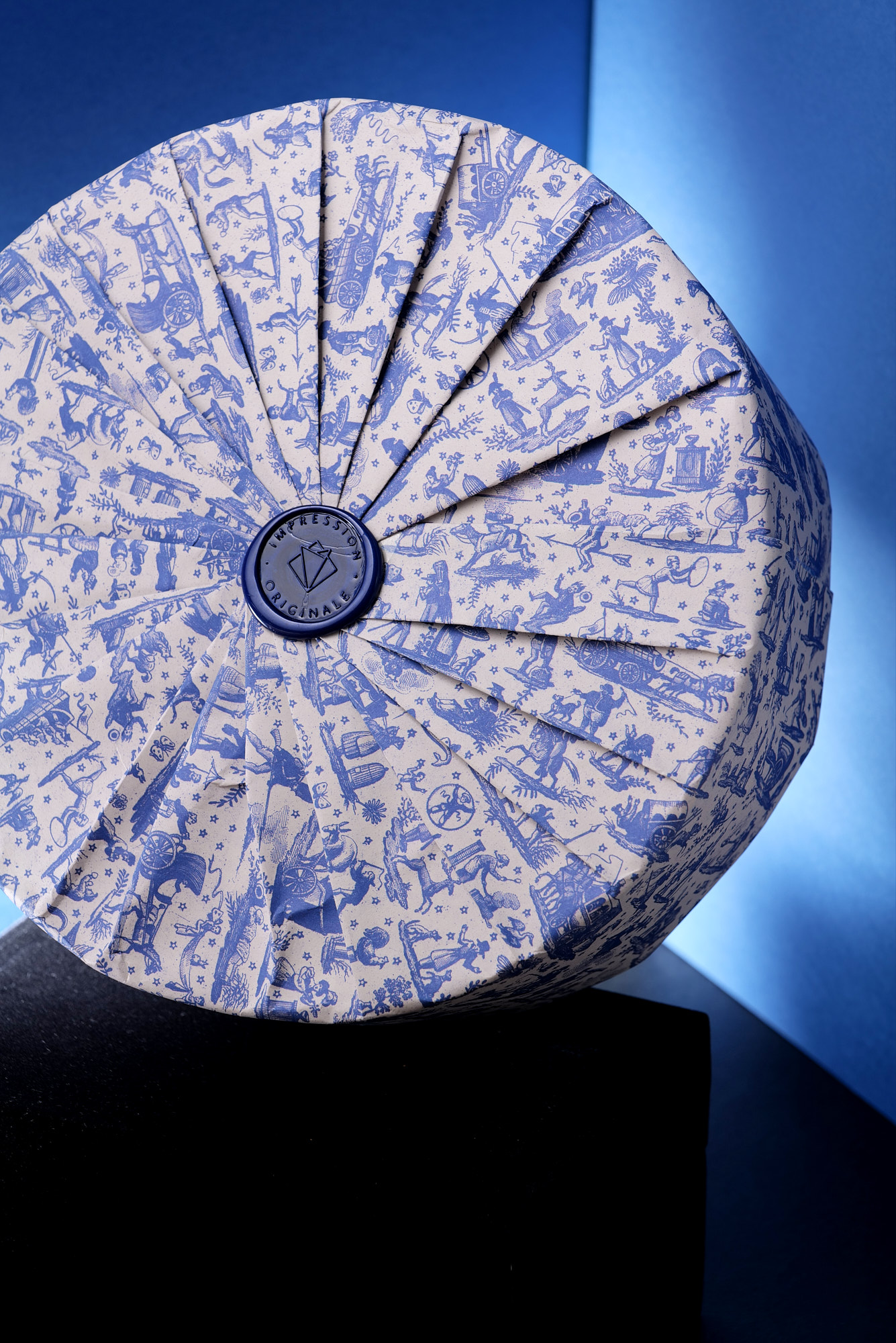
Gift in a round shape with central pleating, produced by Impression Originale from its collection of gift wrap in partnership with the BNF “Napoleon’s Rule“.
To find out more about the BNF, find our article about our partnership with the National Library of France (BNF) here.
 English
English Français
Français